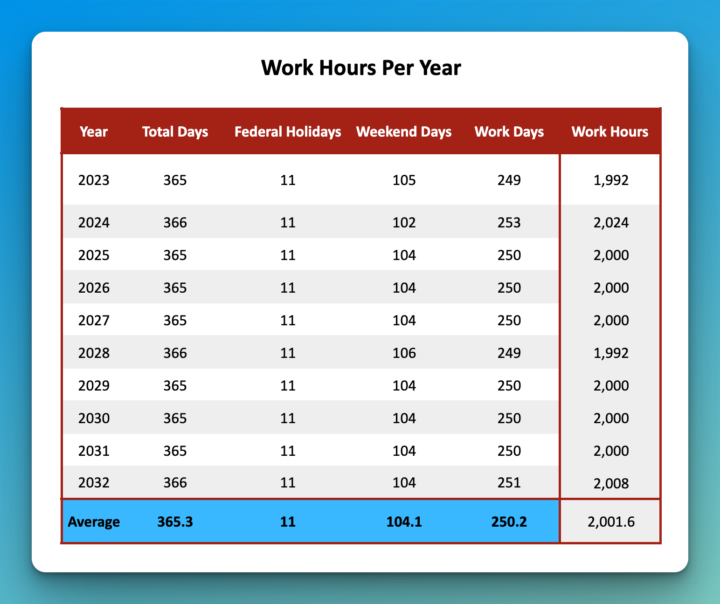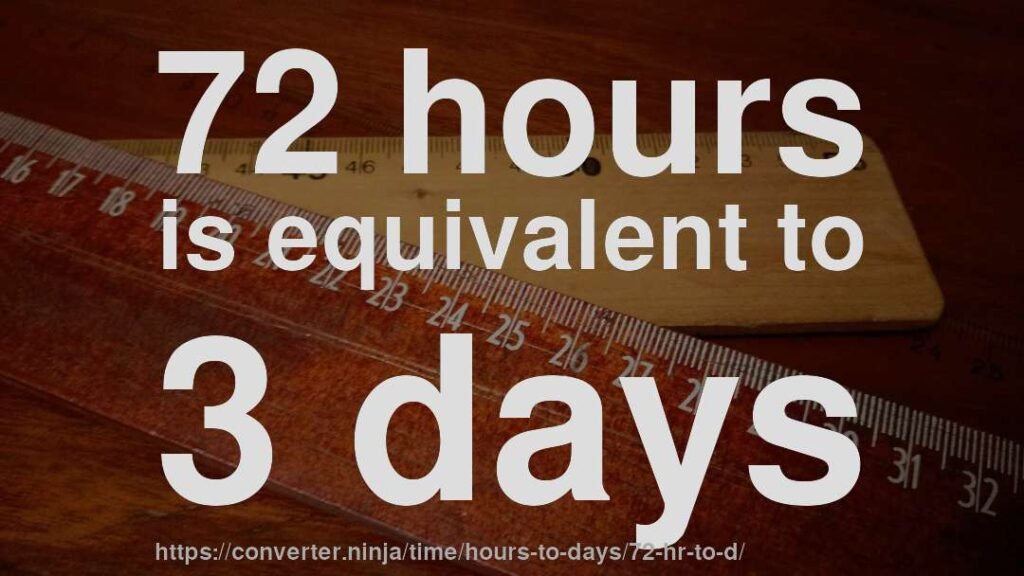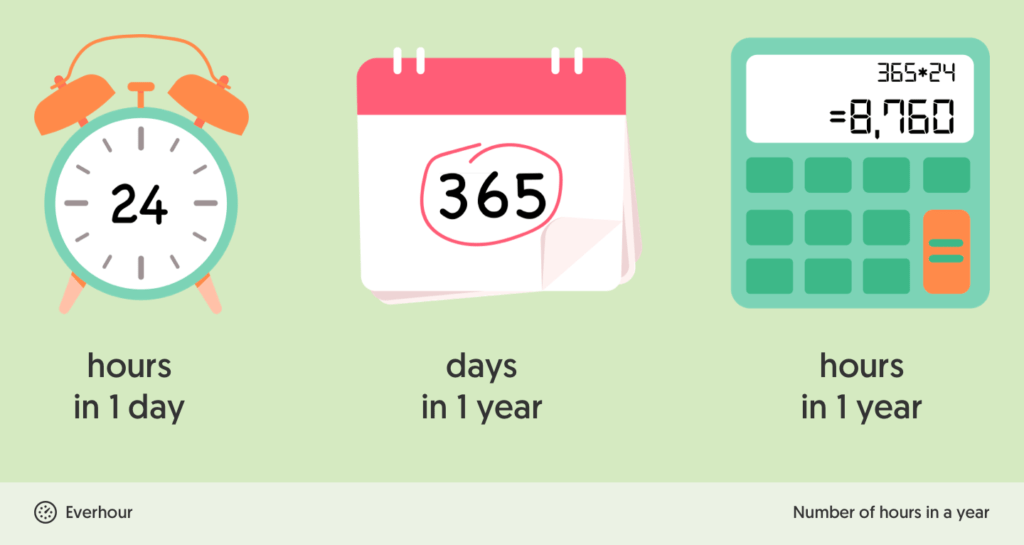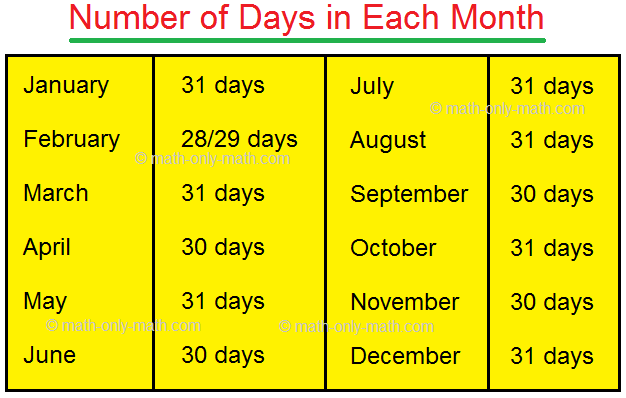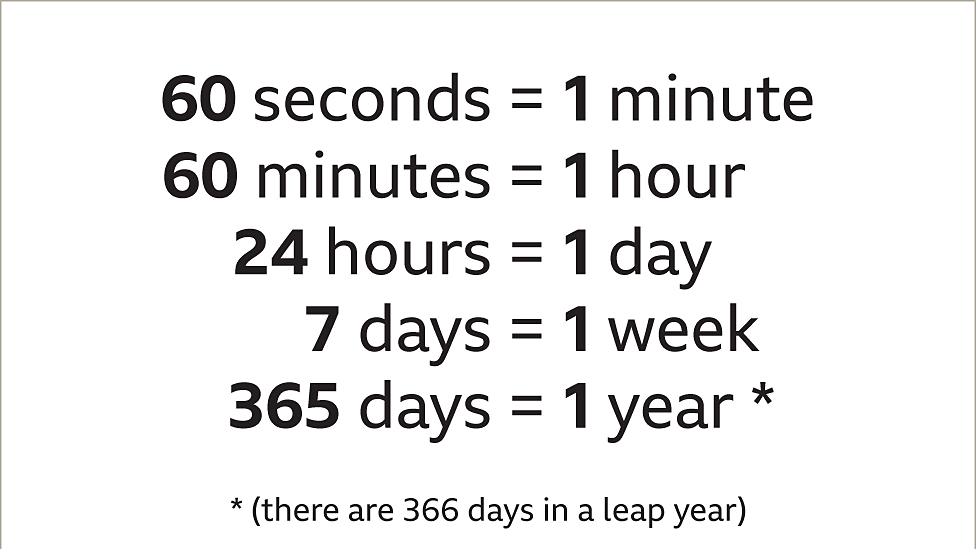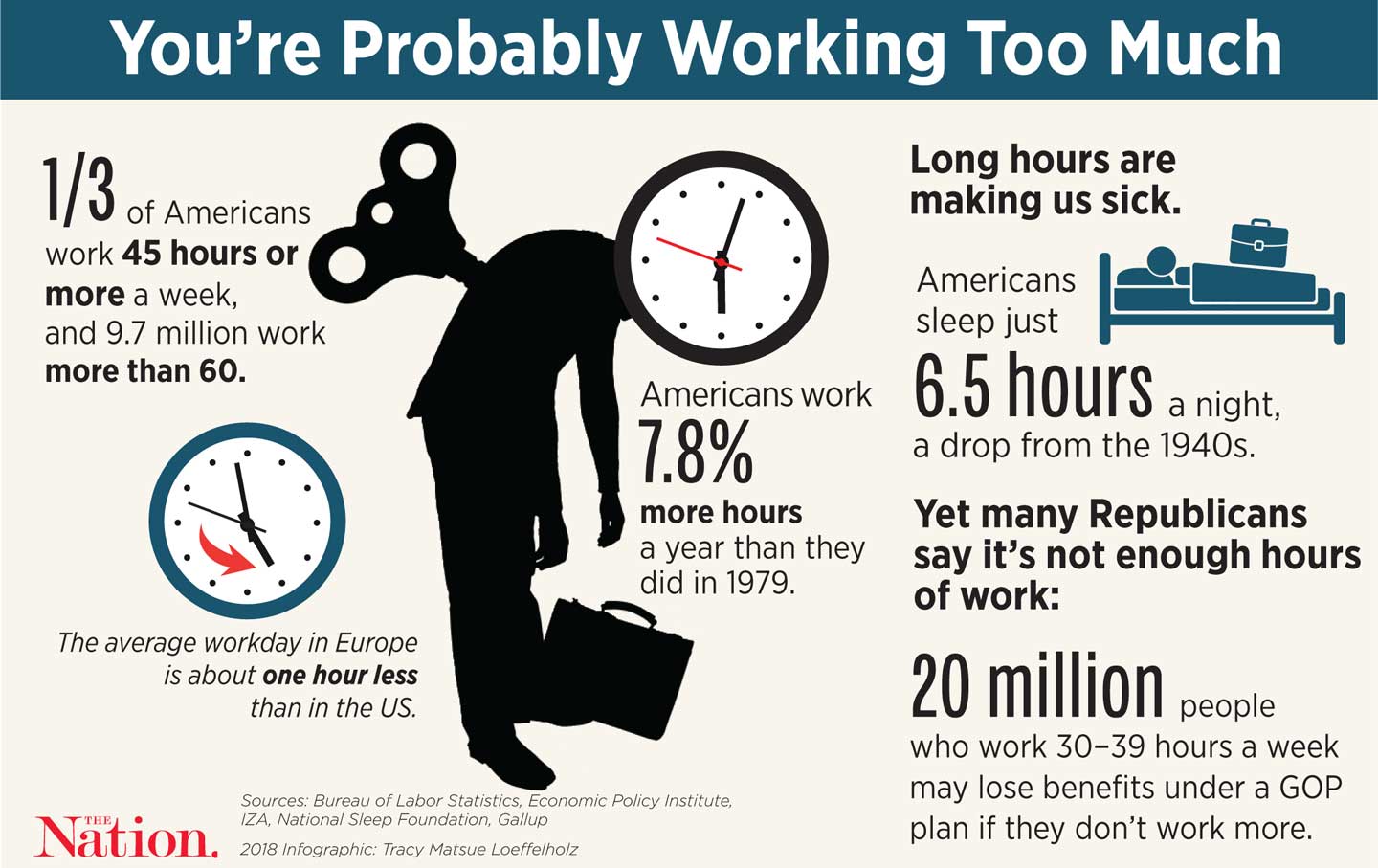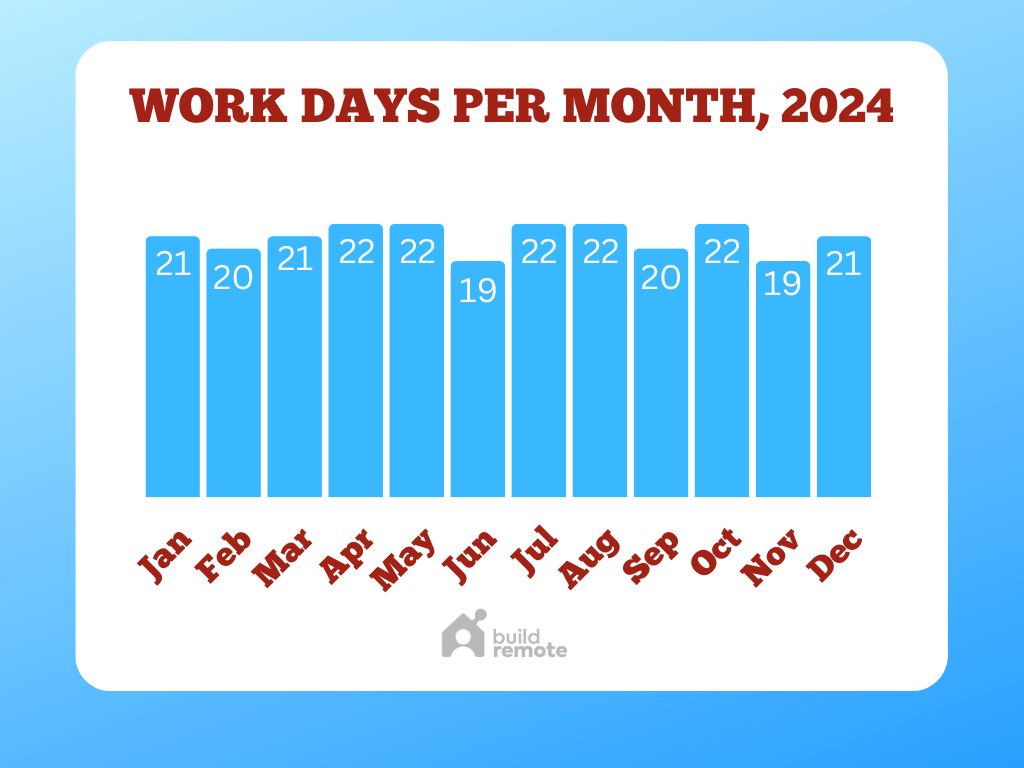How Many Days Is 650 Hours

Imagine a world where time melts away like ice cream on a summer afternoon. The days blur into nights, filled with the quiet hum of productivity or the delightful chaos of family gatherings. But sometimes, amidst the daily hustle, we pause and wonder: how do we measure these chunks of our lives?
At its core, this piece seeks to answer a simple question: How many days are there in 650 hours? This calculation is more than just a mathematical exercise, it is a lens through which we can better understand the way we structure our days and weeks, giving us a fresh view on planning.
The Basic Calculation
The foundation for determining the number of days in 650 hours is simple: Divide the total hours by the number of hours in a day. A day is universally defined as 24 hours.
Therefore, 650 hours ÷ 24 hours/day = 27.0833 days. So, 650 hours is approximately 27.08 days.
Rounding this to the nearest whole number, we get 27 days. Understanding this conversion allows us to think of our time investments in larger, more manageable chunks.
Putting it in Context
Consider a large-scale project that requires a significant time commitment. Let's say a dedicated team plans to work on a website overhaul, estimating that it will take 650 hours to complete.
Knowing that this translates to roughly 27 days can help with scheduling and resource allocation. Instead of being overwhelmed by the sheer number of hours, the team can focus on structuring their efforts across nearly a month.
This clarity can be invaluable, allowing project managers to set realistic milestones and track progress more effectively. It's easier to conceptualize and monitor performance across days rather than a continuous stream of hours.
Applications in Different Fields
The hours-to-days conversion has applications far beyond project management. Let's look at various fields and the roles it plays.
Healthcare
In healthcare, the number of hours a patient receives treatment or observation is important. A doctor might prescribe 650 hours of physical therapy to a patient recovering from surgery.
That could be communicated as a little over 27 days of consistent therapy, which helps patients understand the commitment involved and track their progress over the course of treatment.
Education
Students often need to complete a set number of hours for certification or graduation. If a vocational program requires 650 hours of training, students can easily see this as roughly 27 days of full-time engagement.
This simplifies planning and allows them to structure their lives and other commitments around their educational goals. It also provides a clear timeframe for achieving milestones.
Freelancing and Gig Work
Many freelancers and gig workers bill their clients by the hour. Accurately converting large blocks of hours into days can assist in time management and billing.
If a freelancer estimates a project will require 650 hours, they can communicate that this would be equivalent to approximately 27 days of work, helping clients understand the scope and timeline of the project.
The Significance of Time Management
Understanding the interplay between hours and days highlights the importance of effective time management. When we can visualize time in larger blocks, we can allocate our resources more strategically.
Rather than feeling bogged down by countless hours, breaking the task into day-sized chunks can make it seem more manageable and achievable. This can reduce stress and boost productivity.
By setting daily goals and tracking progress, we can stay motivated and ensure we are moving closer to our objectives. Time management is key to achieving your goals.
Common Mistakes to Avoid
While the calculation seems simple, there are common mistakes to avoid. One frequent error is neglecting to account for non-working days. This includes weekends, holidays, and personal days off.
If you need to complete 650 hours of work, simply converting to 27 days assumes continuous work without any breaks. It's crucial to factor in time for rest and other commitments.
Another mistake is failing to consider the realistic number of productive hours in a day. Not all 24 hours are equal; work days are typically limited to 8-10 hours of focused work, after which productivity often declines.
Incorporating the Concept into Daily Life
Applying the concept of converting hours into days can lead to better organizational skills and a more balanced lifestyle. Start by breaking down your long-term goals into smaller, manageable chunks.
Whether it’s writing a book, learning a new language, or completing a home renovation project, estimate the total number of hours needed. Then, convert this into days to get a sense of the time commitment required.
Using this information, allocate specific time slots each day to work towards your goal. Consistent, focused effort over time can lead to remarkable achievements. This consistency is very important.
Technological Tools for Time Tracking
Fortunately, there are numerous technological tools available to assist with time tracking. Apps like Toggl Track, Clockify, and Harvest allow you to record the number of hours you spend on various tasks.
These apps also offer reporting features, which can automatically convert hours into days and provide insights into how you're allocating your time. These insights can help you optimize your schedule and become more efficient.
By using these tools, you can gain a clearer understanding of how you spend your days and make informed decisions about how to prioritize your time. It is much easier to track your progress with such tools.
Expert Insights
According to Laura Vanderkam, a renowned time management expert and author of books such as "168 Hours: You Have More Time Than You Think," understanding how to allocate your hours wisely is crucial for overall well-being.
She advocates for tracking your time meticulously to gain insights into your habits and identify areas where you can make improvements. She recommends that you spend your time wisely.
Her research shows that many people underestimate the amount of time they have available and overestimate the amount of time tasks will take. This disconnect can lead to feelings of overwhelm and decreased productivity.
Reflections on Time
As we reflect on the seemingly simple conversion of 650 hours into approximately 27 days, we uncover profound insights into how we perceive and manage time. This understanding transcends the boundaries of mathematics and enters the realm of personal empowerment.
By breaking down large tasks into manageable daily increments, we can reduce feelings of overwhelm and gain a clearer sense of control over our lives. This shift in perspective can have a transformative effect on our productivity, well-being, and overall success.
So, the next time you find yourself facing a daunting task, remember the power of converting hours into days. Embrace the opportunity to manage your time more effectively and create a life that is both productive and fulfilling.





